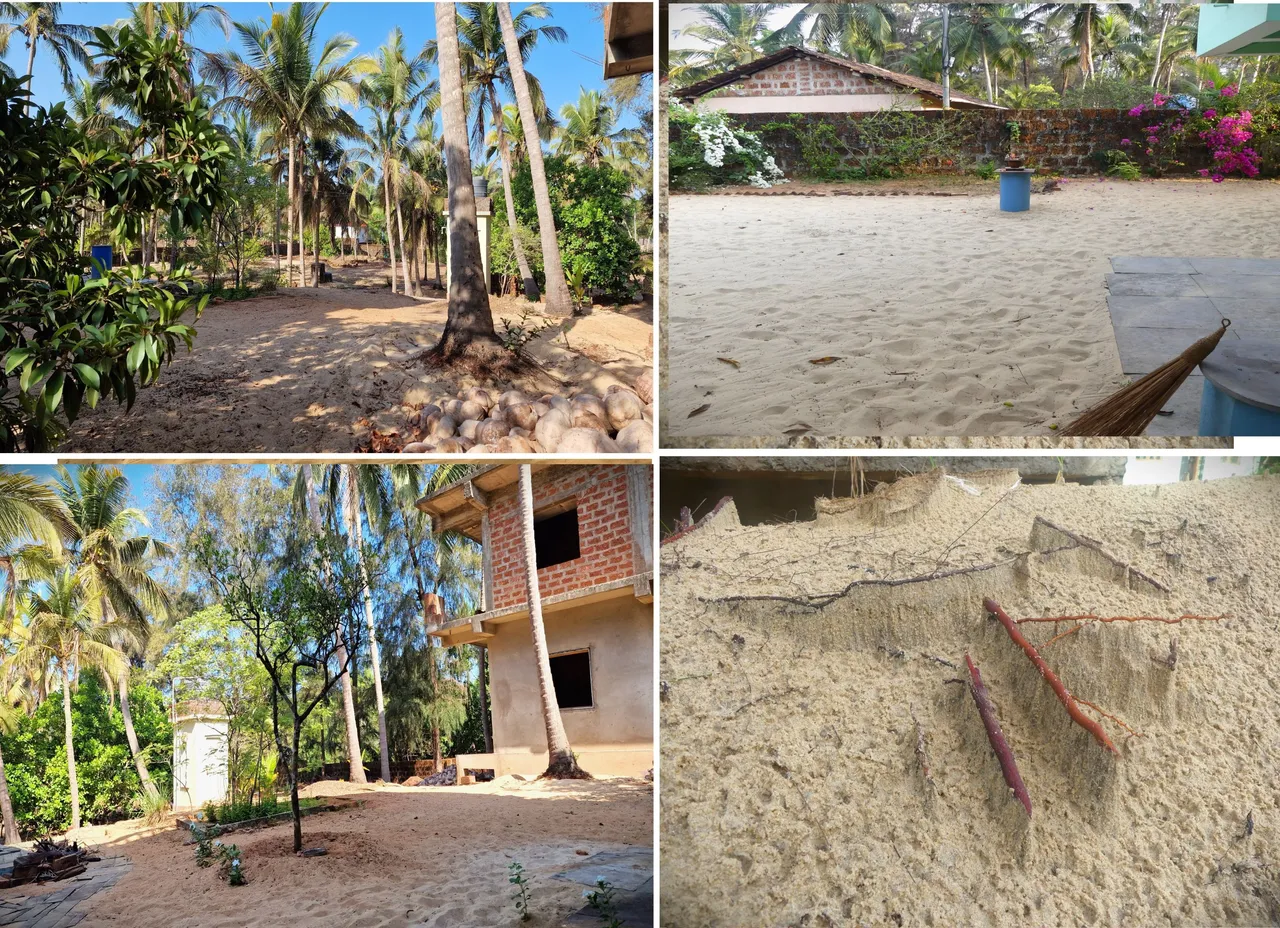
Since we live close to the beach our garden is basically pure sand

the key to keeping a garden is finding varieties of plants that can survive and there are a surprising number that can. If Bougainville is given a helping hand to start it can manage okay
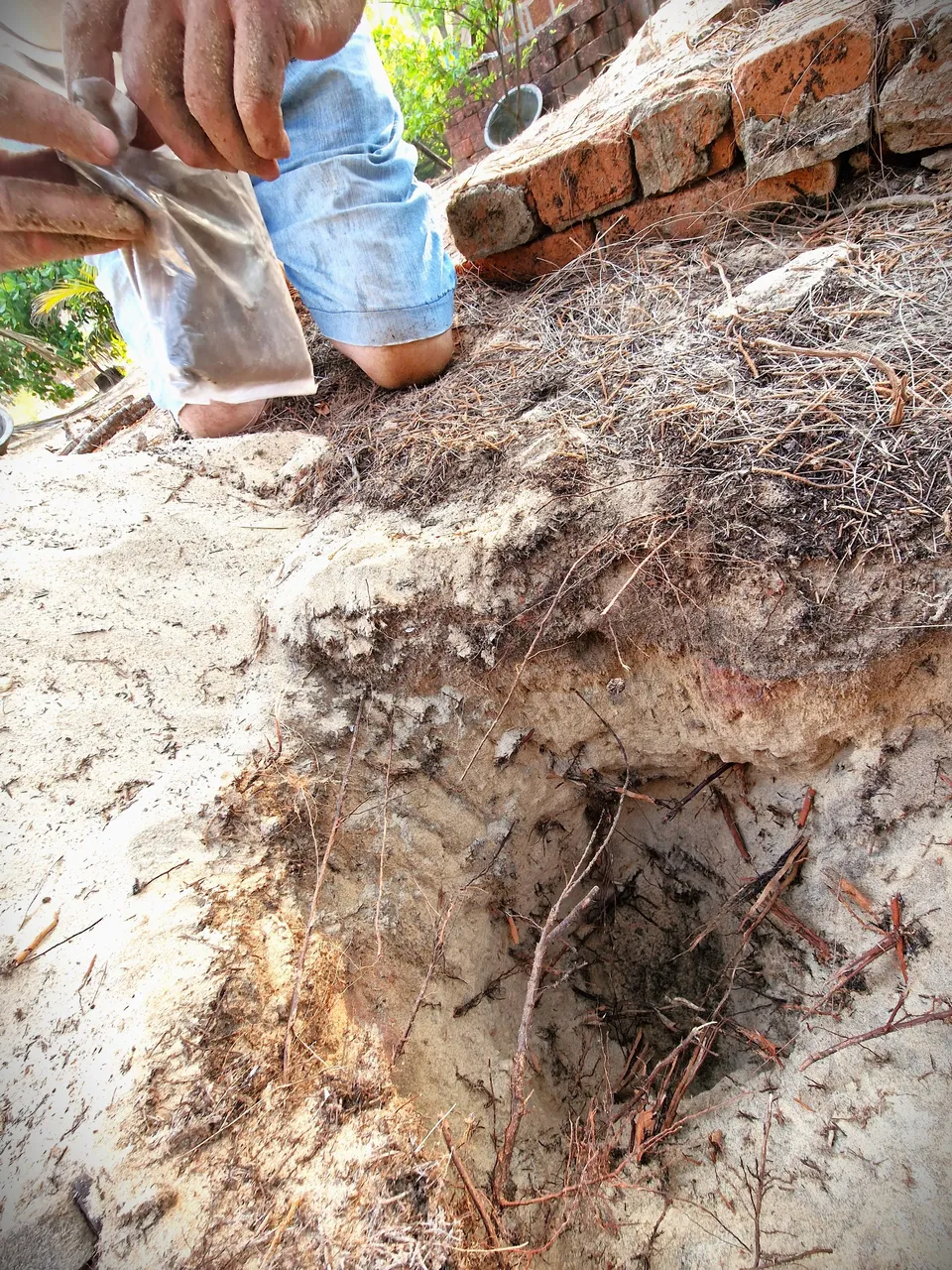
wild beach grass has no problem spreading its roots underground. as soon as the monsoon starts the roots shoot up sprouts and the place turns green
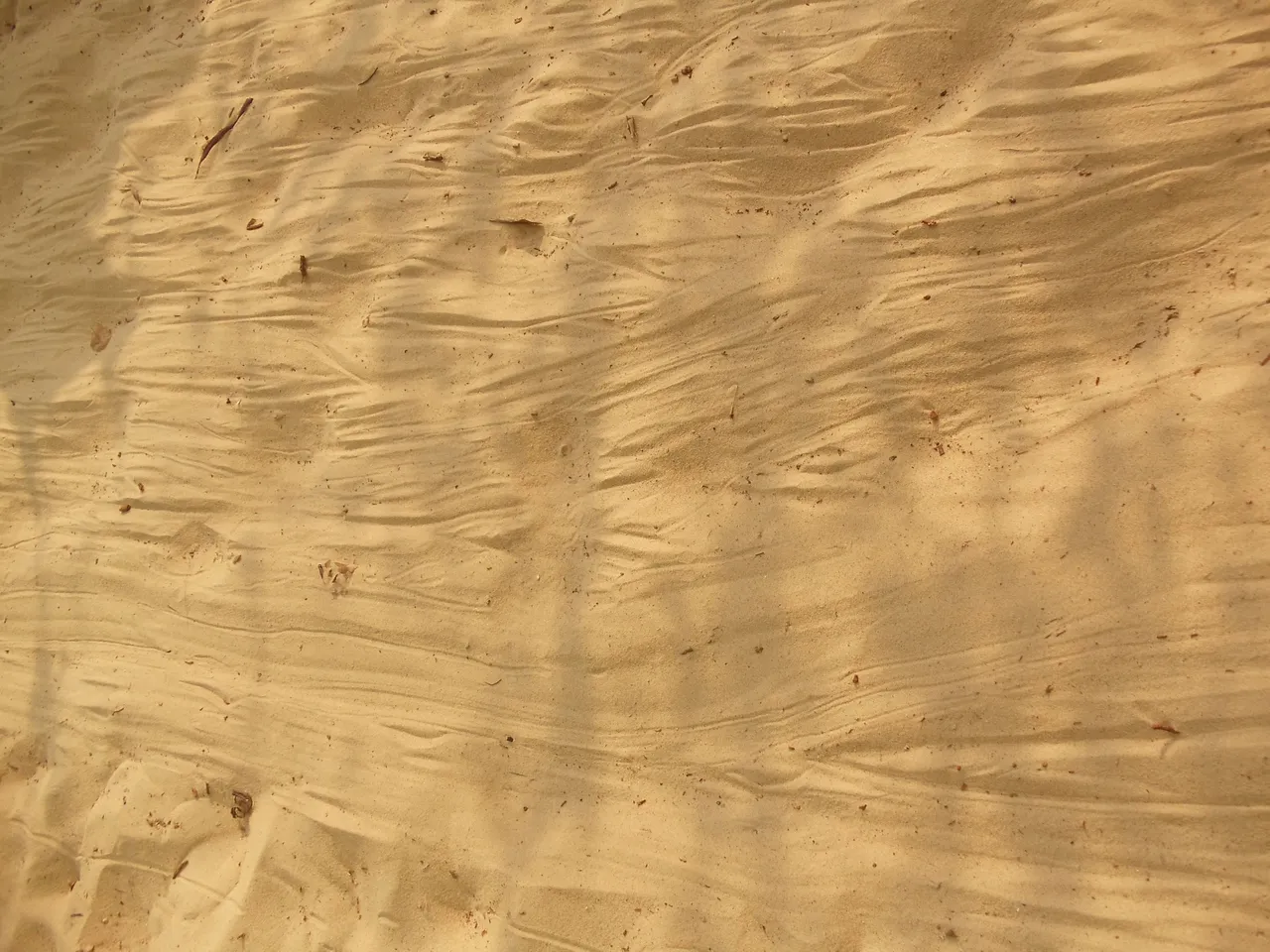
but keeping flowering plants in front of the house requires so much regular watering that the water level in our well sinks too fast. there is no public water supply.
The sand in our area is very fine and drains water rapidly. Cultivating plants in sand presents many challenges especially since we are not there the whole year. we have one well for our house supply and another for the garden. in the early years, we tried to improve the conditions by adding regular muddy soil. but that led to the infestation of termites, which damaged the plant roots and tree trucks. termites can survive in the sand if they have enough wood to eat but they cannot build mounds, thrive, and expand their territories without mud. Consequently, we abandoned this approach and focused on selecting native plants.
While we cultivated many plants, numerous others grew wild. Examples of plants and trees that can thrive in sandy soil with little care include coconut, mango, pineapple, chikoo/sapota, star fruit, cashew, agave, curry leaves, impatiens, night-blooming jasmine, neem, and Shatavari. With sufficient water coconuts, cinnamon, turmeric, cinnamon, amala, lemongrass, tagetes, hibiscus, and even cardamom do well enough A variety of wild medicinal plants, some of which I shared last week manage fine with little to no care
On the other hand, roses and all vegetables, as well as grafted or hybrid plants, do not survive in sandy soil. especially in our garden.
After the termites invaded, we decided not to disturb the native quality of the sand except for a boost of natural compost, leaf/flower mulch, manure, Neem powder, wood ash, and enough water helps to keep them healthy. Indian suru trees were planted long before we moved in. Their needles and shadows help keep the temperature of the sand down. in the hot summer sun, the surface gets as hot as alfalt.
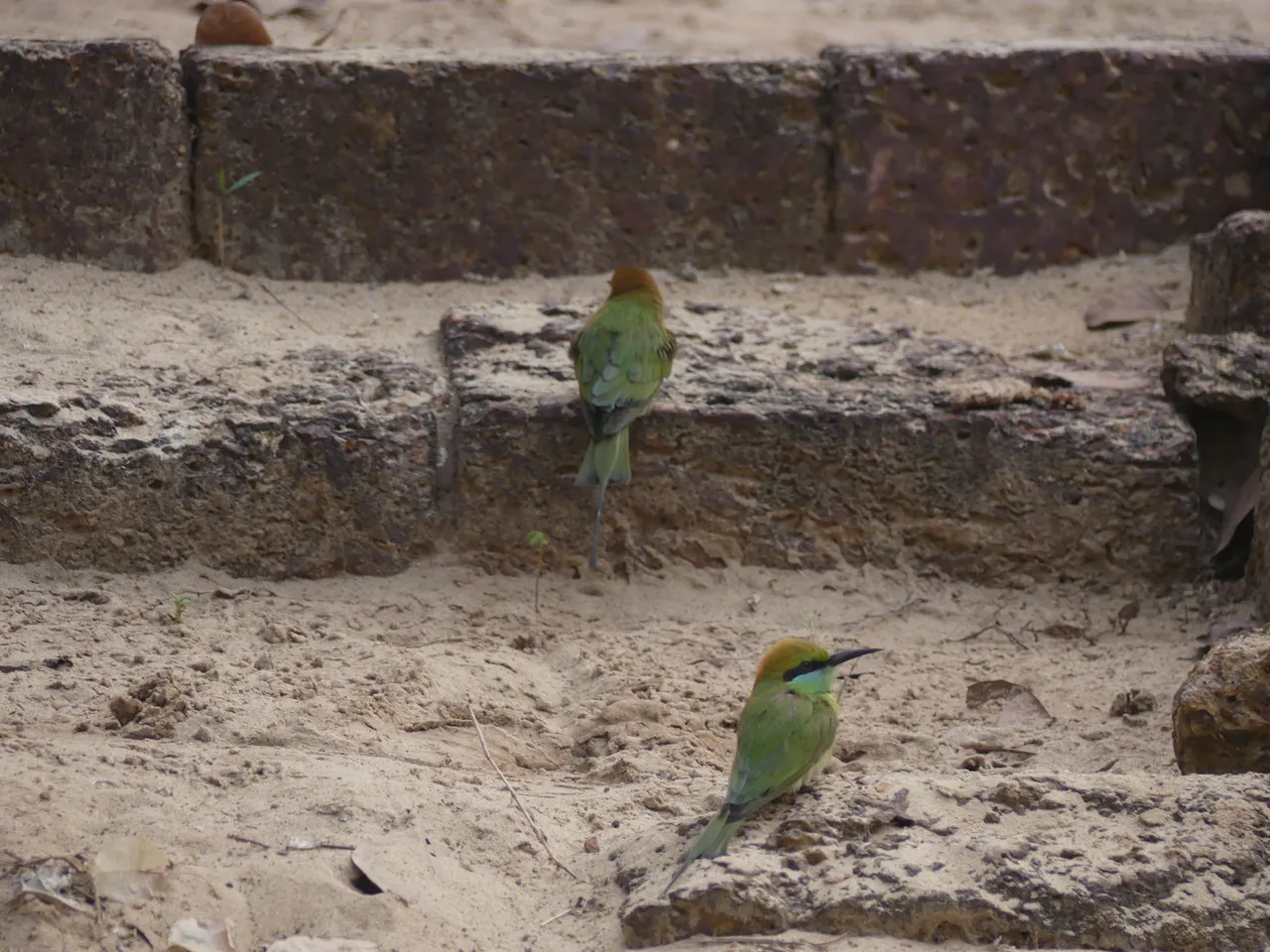
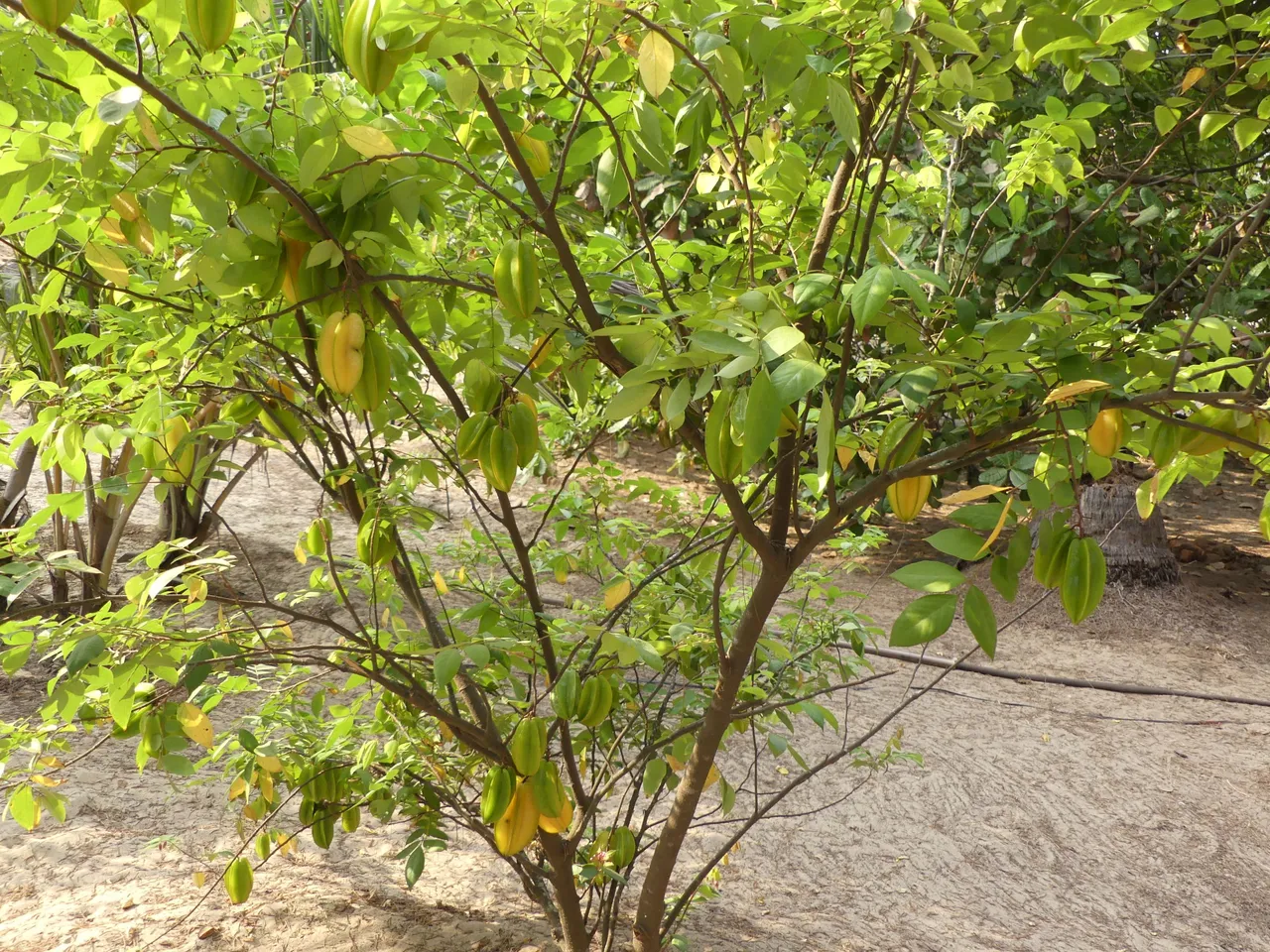

our house well is 6 meters deep through pure sand which filters the water so we get pure clean water, though it issomewhat hard from the calcium from seashells.
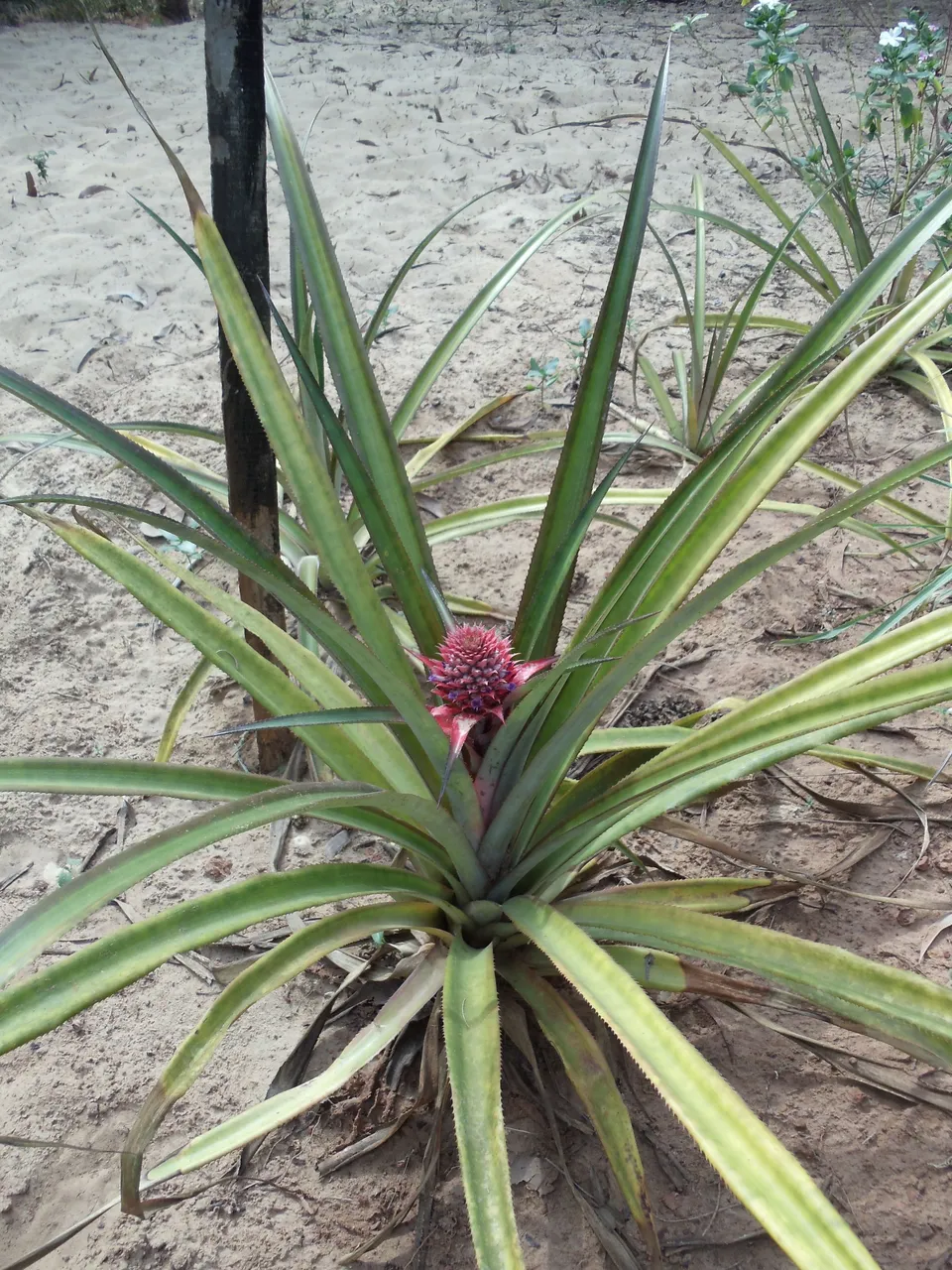
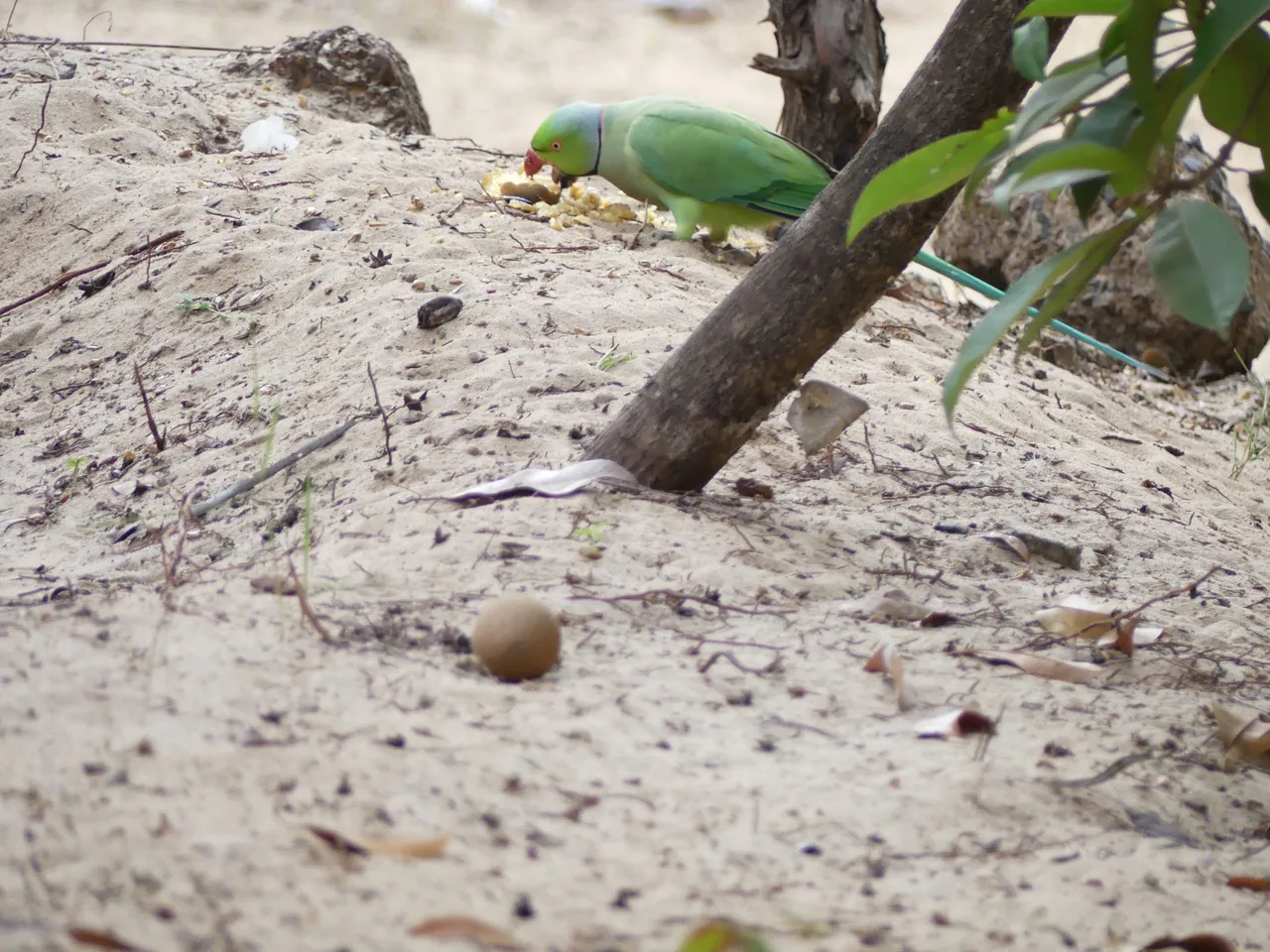
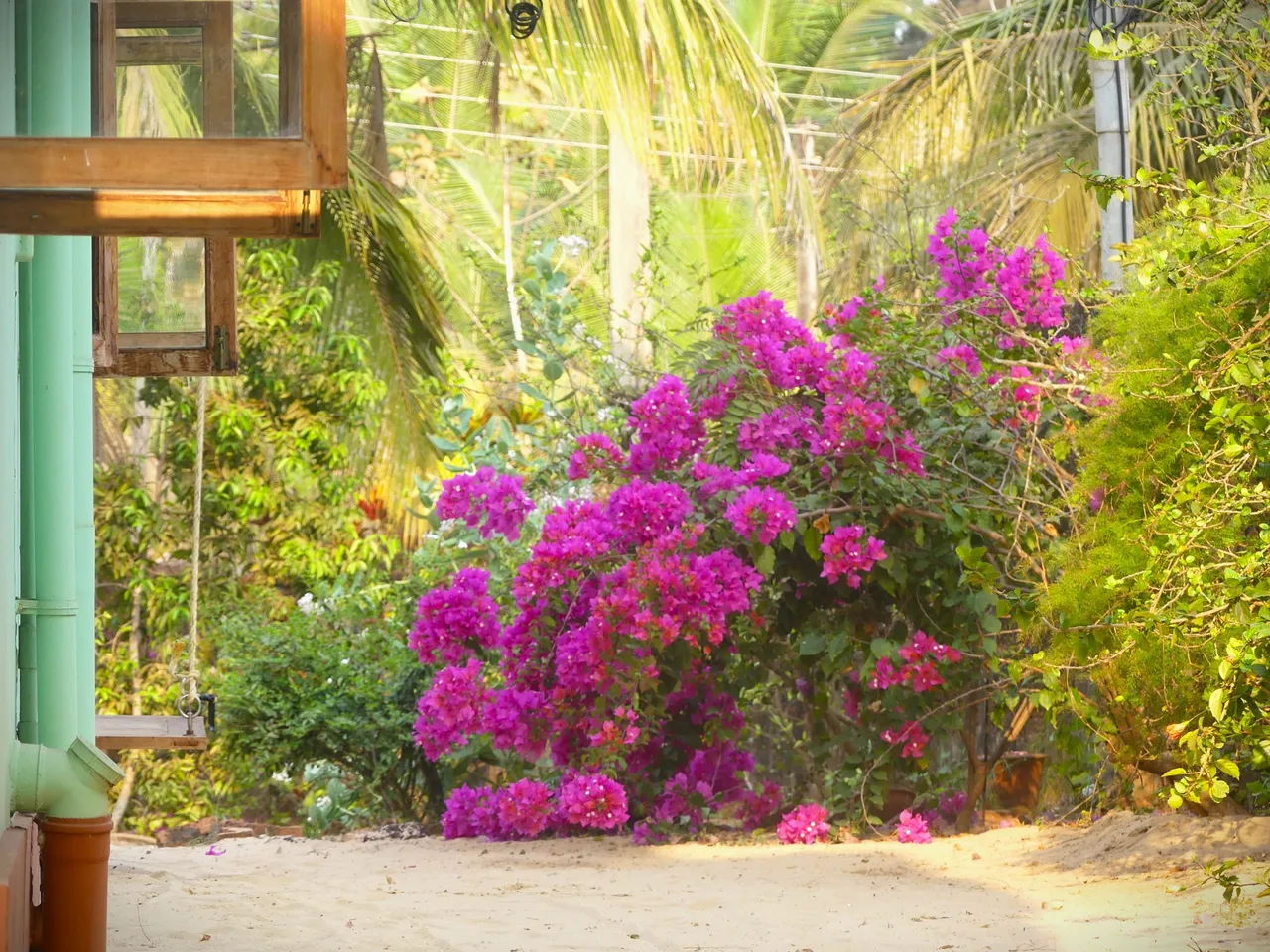
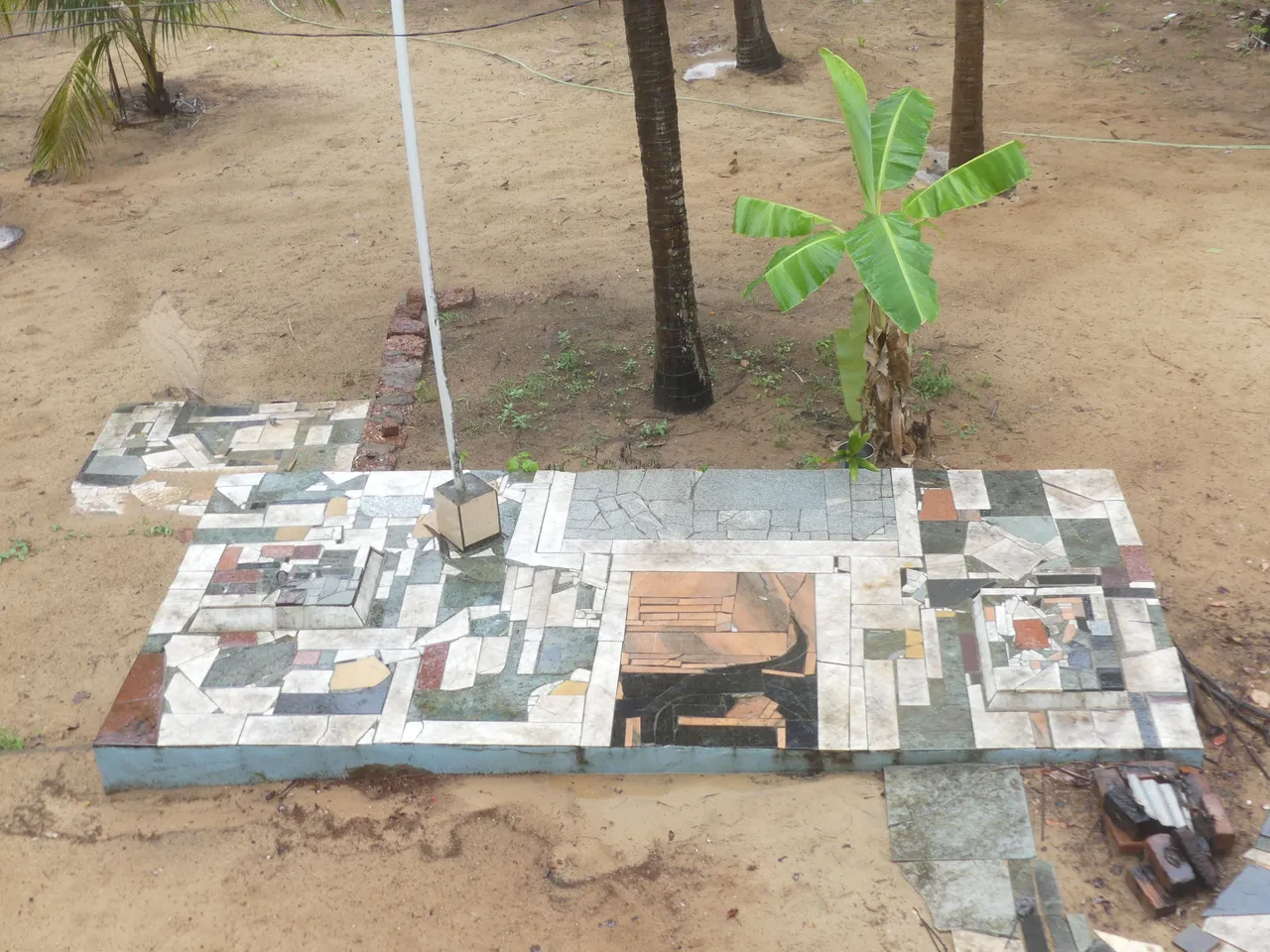
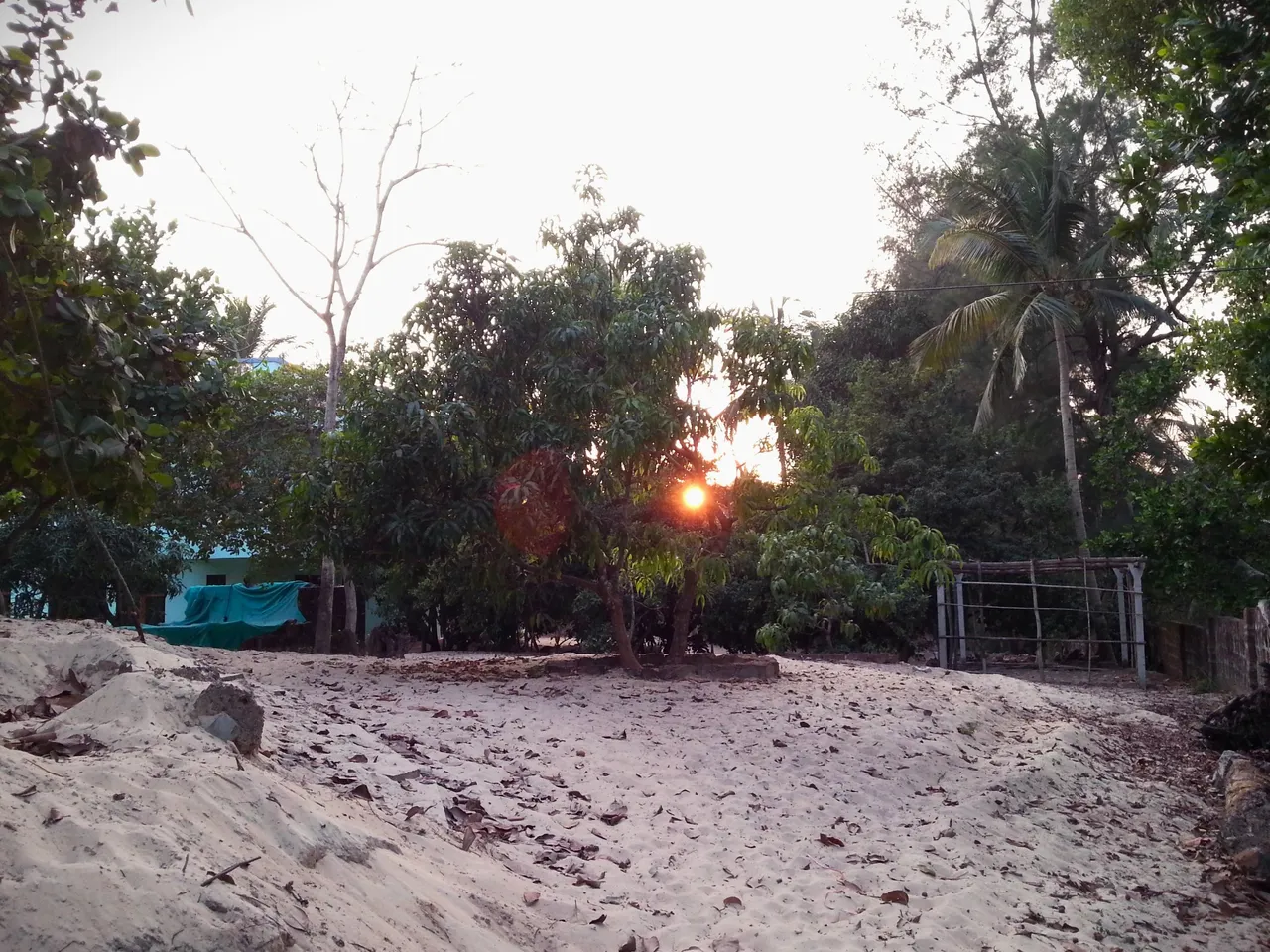
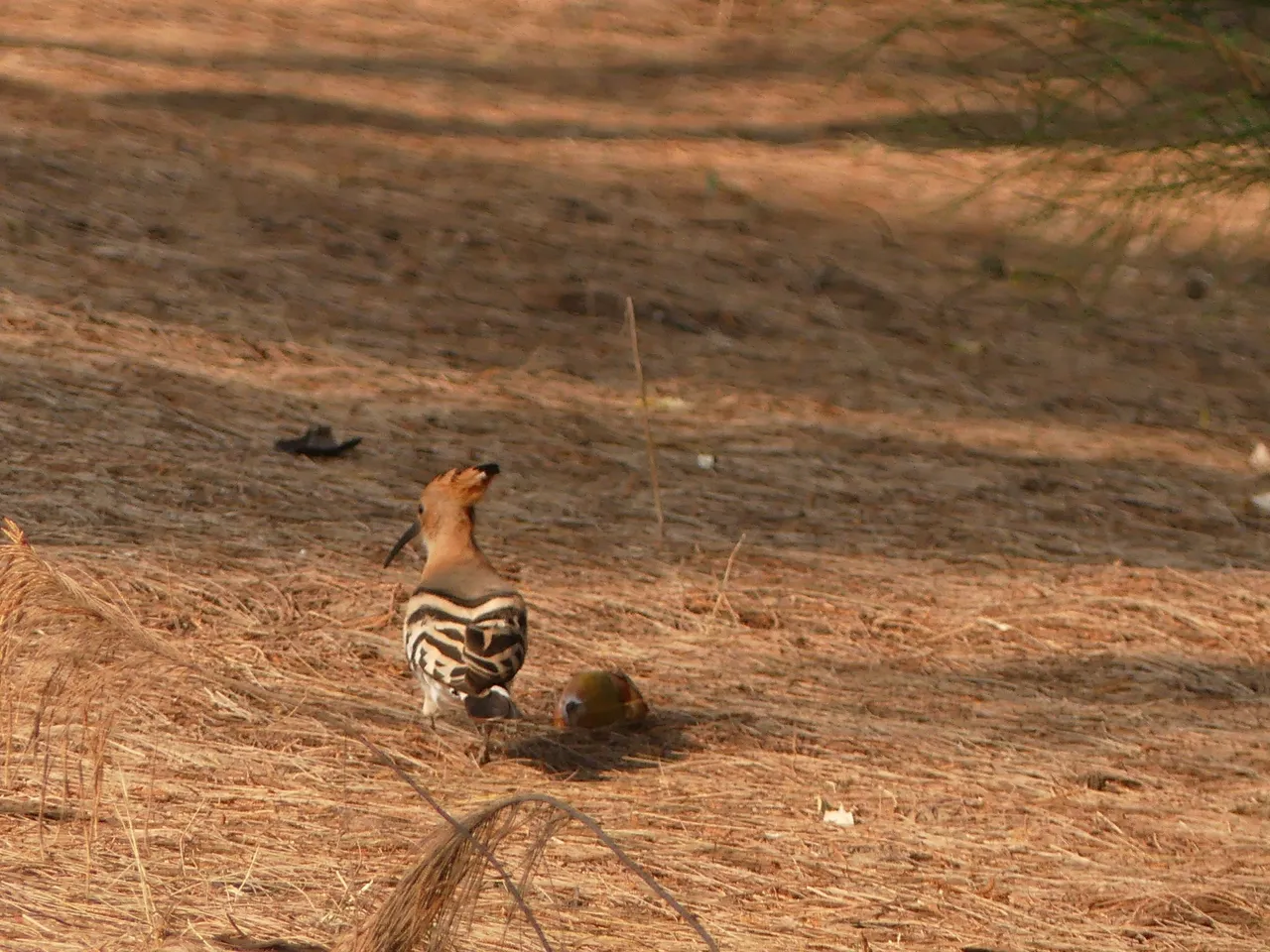
those suru needles keep the temperature lower which attracts insects which in turn attracts this hoopoe with its thin sharp beak that it digs with. you might think that eventually the soil would gain organic matter but apart from the places where needles gather the heavy monsoon rain washes the surface sand and drains away the lighter organic matter which gathers in the lowest section of the land. there the water level from the monsoon is so high that plants that survive in dry sand can not survive there so it is mostly grassy
with the added mud and laterite stone dust from our house construction termites, and many other insects thrive, different species of ants, spiders, antlions, caterpillars, millipedes, and scorpions which are not particularly poisonous.
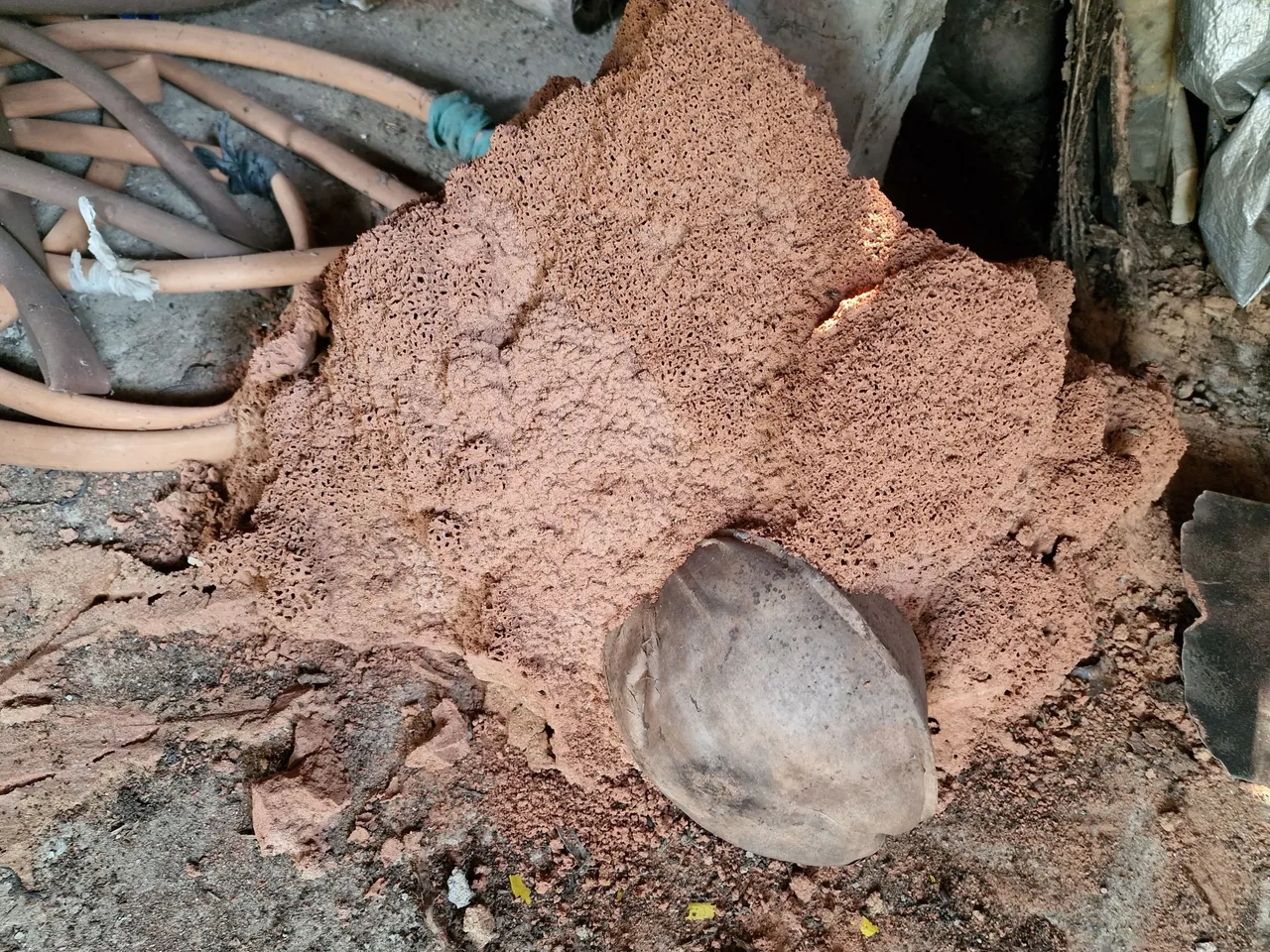
This is the result of us mixing normal mud or dirt into the native beach sand.
thank you for stopping by.